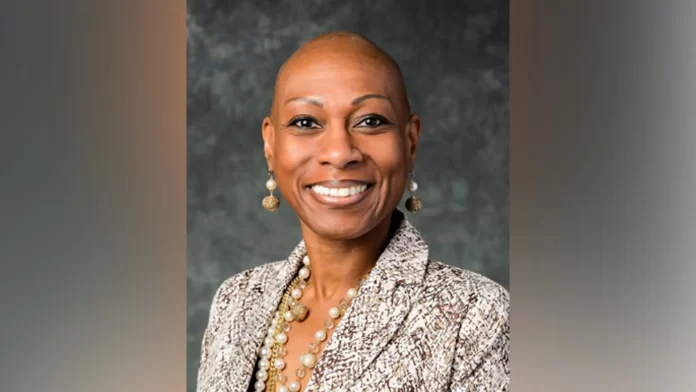Black women carry an unspoken burden in the workplace. The circumstances surrounding the tragic death of Dr. Antoinette “Bonnie” Candia-Bailey, who was the Vice President of Student Affairs at Lincoln University of Missouri, remind us that the results can be devastating. Her family alleges that bullying and harassment from the institution’s President, John Moseley, and many in leadership led this successful woman to die by suicide. After disclosing a recent mental health diagnosis, family members said that Dr. Candia-Bailey felt “unsupported, disregarded, and abused.” Students and alumni have called for the President to step down.
Vicarious bullying is a real phenomenon present in higher education and corporate America. In a literature review written by Laurenda McKinney and two other academics. They note, “Workplace bullying in higher education may destroy self-determination and career progression for marginalized populations because these employees often do not have the dominant culture’s organizational power and executive rank.” While Lincoln University of Missouri is an HBCU, the leader is white.
The paper also explains that the behavior is known as vicarious bullying when bullies are given organizational support, are aided in their mission, and have support from other leaders in the organization who do their bidding. When many Black women working in higher education are in this situation, they start making career moves that keep them safe instead of trying to make career progressions.
In an article written by Leah P. Hollis, Ph.D., who is associate dean for access, equity, and inclusion at the Penn State College of Education, she writes, “Whether workplace bullying is a product of suppressed racism or sexism or a product of an insecure boss abusing an employee, close to 37% of Americans will face workplace bullying in their lifetime.”
According to Dr. Hollis, only five states, Utah, Tennessee, Minnesota, Maryland, and California, have laws addressing workplace bullying.
Harvard Business Review article reports about 46.8 million Americans are bullied at work (30% of the population). A 2021 poll conducted by the Workplace Bullying Institute gives us even more insight:
- 19% have witnessed bullying at work
- 66% are aware of workplace bullying
- 67% of bullies are male
- 65 of the bullying targets are female
- 45% of Black people surveyed had experienced bullying
We also know that when institutions and corporations attempt to address workplace bullying, they engage in some ineffective tactics like putting the burden on the victim to prove their experience, addressing behavior after the individual or company has been harmed, and only recognizing overt acts and hostile behavior as bullying. We know that workplace bullies can be sneaky.
So what does work? Organizations must recognize that this isn’t a problem for individuals; workplace bullying flourishes because of the organizational environment. A systemic approach must be used to change the systems. The HBR article states, “Effective anti-bullying mechanisms are rooted in organizational justice, transparency, a focus on outcomes, and using valid instruments in decision making. They are supported by tools that facilitate inclusive, flexible work; voice; and participation.”
We hope that Dr.Candia-Bailey’s death will be a wake-up call to institutions and organizations to be proactive about the issue of workplace bullying. And for our community to be mindful of how it impacts Black women no matter where they work.





